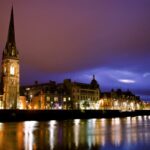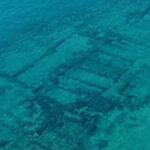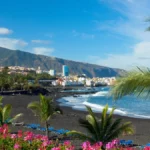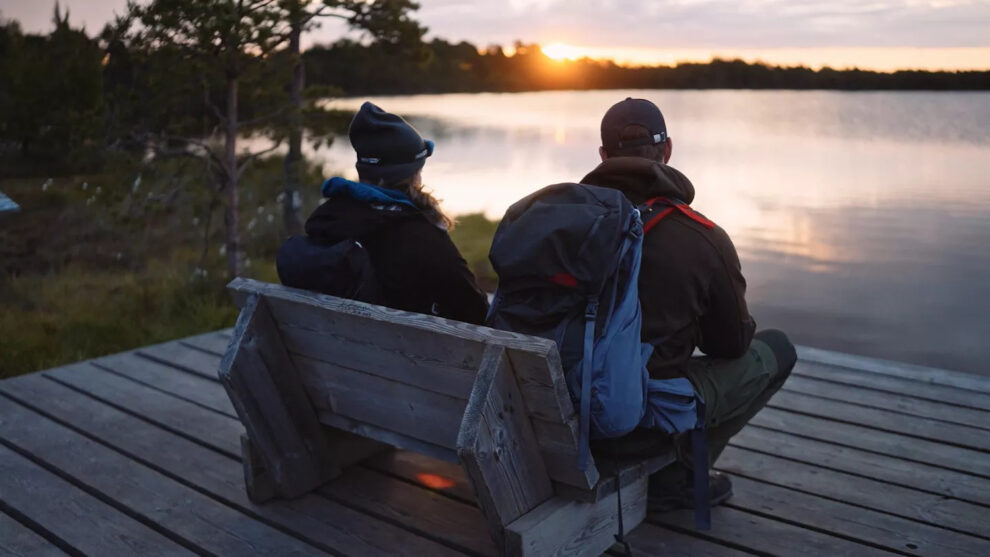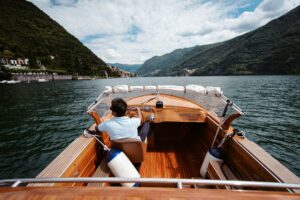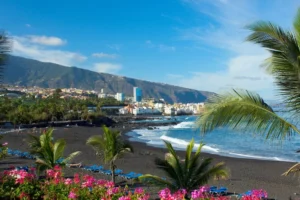With four times more startups per capita than the European average, Estonia is one of the most digitally advanced societies in the world. Now, more and more locals are turning towards the country’s stunning ancient bogland to help them disconnect.
Tallinn, Estonia’s capital city, is a small port city on the Baltic Sea and the centre of activity for a country that’s making leaps and bounds on the global stage in recent years.
It’s also a city where the old world meets the new. Here you’ll find one of the best-preserved medieval cities in Northern Europe, right next door to one of the continent’s most digitally advanced urban centres.
“Walking through Tallinn, you can feel the different layers that history has left for us,” explained Jaan-Laur Tähepõld, who works as a tour guide in the city.
“Within a hundred yards, you are able to come from the medieval cobblestone streets into the modern high-tech environment. So, walking down the streets you might not be surprised when you see a medieval house next to Baroque. And it is basically like a little trip through time.”

Today, Estonia is one of the most digitally advanced societies in the world. It’s also the startup capital of Europe, with four times more startups per capita than the European average.
Tallinn even has these cute little robots that will drive around downtown delivering everything from groceries, to online shopping, to fully-cooked meals.

The city really likes its tech. But how easy is it to unplug?
Luckily enough, Tallinn is surrounded by nature. Estonia is covered in forests and wetlands. A short trip into the wild reveals one of the country’s most ancient landscapes: its bogs.
Romet Vaino is an Estonian nature photographer who spends most of his free time outdoors. He also organises trips to many of the bogs around Tallinn.
“I would say that the first reason [why the bogs are so special] is that if you think of something primeval, something ancient, then the bog is definitely the place to be,” Romet told Discover Estonia. “The oldest bogs in Estonia are somewhere around, like, 10,000to 12,000 years old,” he added.
To discover the landscape, it’s important to gear up with bog shoes which keep hikers from sinking into the peat moss.

“Actually, this name, Kakerdaja Raba, this Kakerdaja, the name is given by one specific bird, who is a waterbird, but it’s really clumsy on walking on the ground. And this word, Kakerdaja, means either an animal or a person who is very clumsy,” Romet explained.
Romet revealed that it has become increasingly common for Estonians who live in the city to escape to these bogs in search of some fresh air.
“It has become very, very popular in recent years. Like, ten to fifteen years ago, it was rather surprising to see people coming, for example, for a swim to the bog in the morning, but now, it’s almost like a rule.”
“In the middle of summer, when people have vacations, it’s very common that you would come here at, like, four o’clock in the morning and see, like, maybe, like five to ten people swimming over here.”

According to Romet, a sunrise swim is one of the best ways to immerse yourself in the surrounding nature. And to cut out the commute, Estonia’s forest ministry maintains hundreds of free campsites, with tables and toilets, and complimentary firewood for cooking and keeping warm.
For those who dare to take the early dip, rest assured: the rude awakening of the alarm is quickly forgotten as the stunning colours of the sunrise beam over the still, chilly waters.
Source : Euro News

